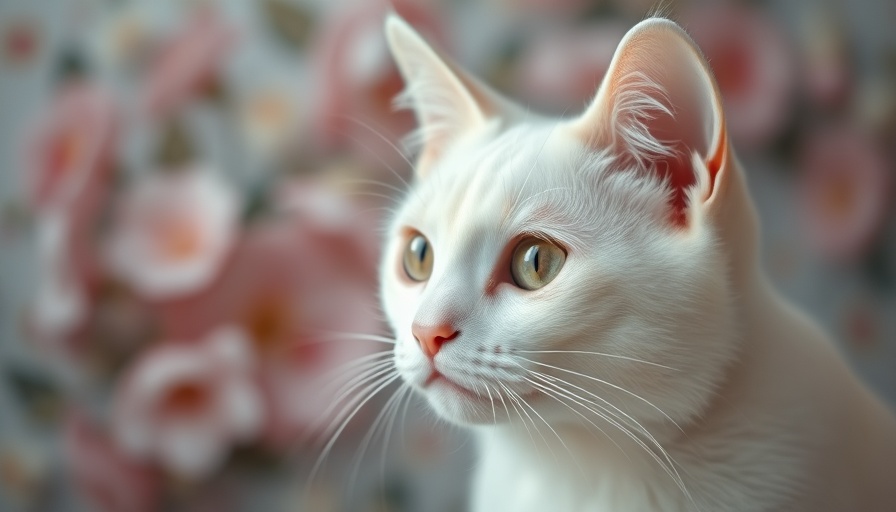
Understanding the Risks: Are Lilies Really Bad for Cats?
If you adore having fresh flowers brightening up your home but are a cat owner, it's crucial to understand the risks certain plants might pose to your furry companions. Lilies, in particular, have garnered attention due to their extreme toxicity to cats, a fact affirmed by the U.S. Food and Drug Administration (FDA).
The Deadly Effects of Lily Exposure
Every part of the lily—from its petals to its pollen and even the water in its vase—is dangerous for cats. Symptoms of lily poisoning can be dire, with as little as a few grains of pollen leading to severe kidney failure within just three days. Common early signs of poisoning include excessive drooling, vomiting, lethargy, and a noticeable loss of appetite.
If you observe your cat exhibiting any of these symptoms after being near lilies, it's vital to seek veterinary care immediately. Unfortunately, many cat owners might not realize the urgency. Reports indicate that cats often won't show severe symptoms until it's too late—typically between 24 and 72 hours post-exposure, when irreversible kidney damage has started.
Identifying Toxic Lilies
While many might think of lilies generically, it’s essential to recognize which types are particularly harmful. Notorious varieties include stargazer, tiger, and Easter lilies. Interestingly, some plants may contain “lily” in their names—like lily-of-the-valley—that also pose risks but aren’t true lilies.
This confusion can lead to dangerous misunderstandings. Educating oneself about the plants in your home and their potential risks is crucial for any cat owner. For instance, household plants should be checked against reliable sources for pet safety.
Steps to Take If Your Cat is Exposed
In the event of suspected lily exposure, swift action is key. Many pet owners on online forums have shared their experiences of rushing their cats to the vet after noticing unusual changes in behavior or physical state. A case from social media highlighted how someone's pet required immediate hydration treatment after minimal exposure to lily pollen. This illustrates how life-saving early interventions can be.
Preventing Accidental Exposure
Ultimately, pet owners can avoid the pitfalls of lilies and ensure their cats remain safe by opting for non-toxic floral arrangements. Having an understanding of which plants are harmful allows cat lovers to enjoy their greenery without fear. Your kitty’s health is paramount; choosing non-toxic plants can guarantee a harmonious environment. So, before you bring lilies into your home, ask yourself: is it worth the risk?
Always prioritize the safety of your pets, and take the proactive measures to keep your living spaces toxic-free.
 Add Row
Add Row  Add
Add 



 Add Row
Add Row  Add
Add 

Write A Comment